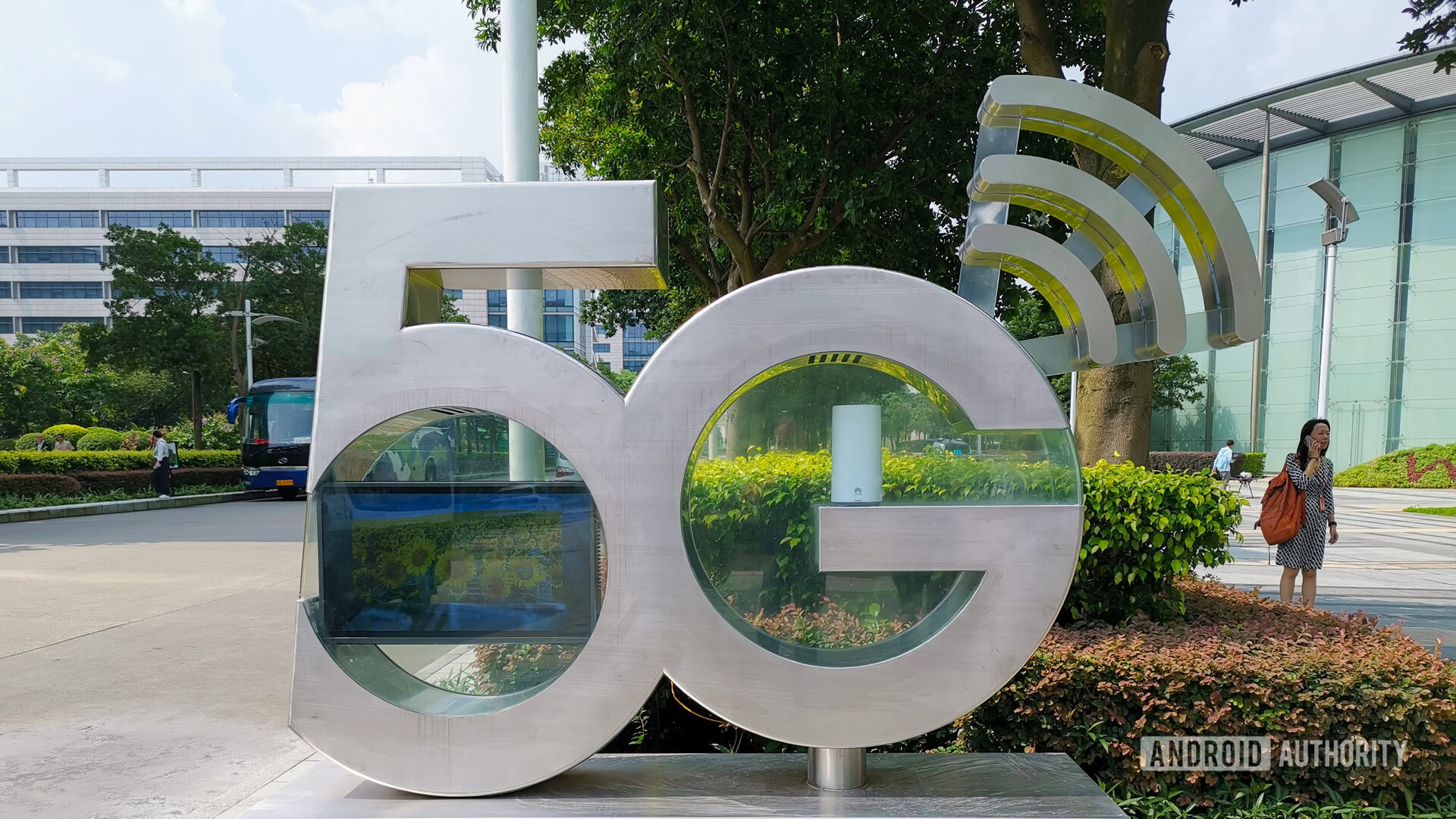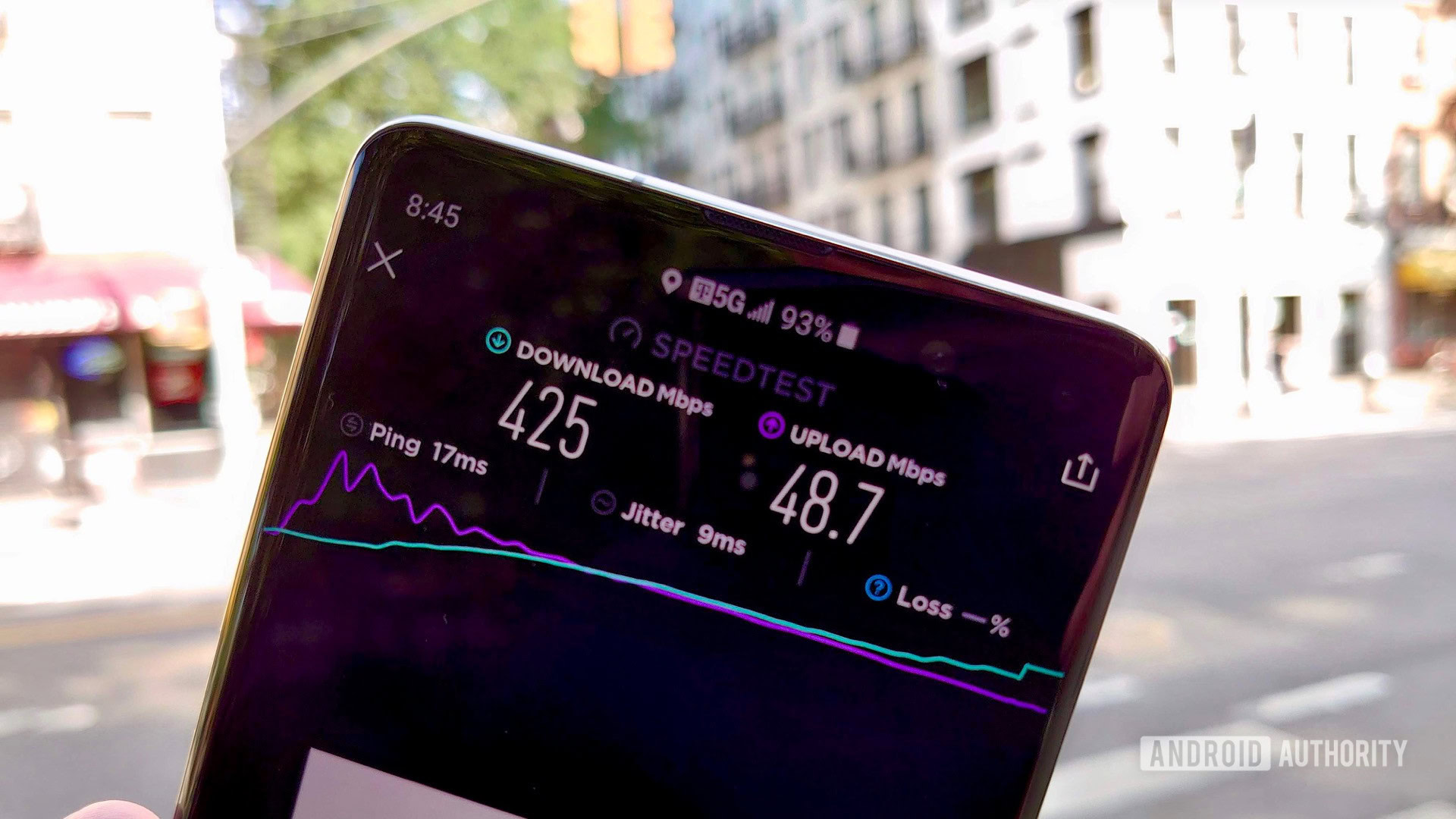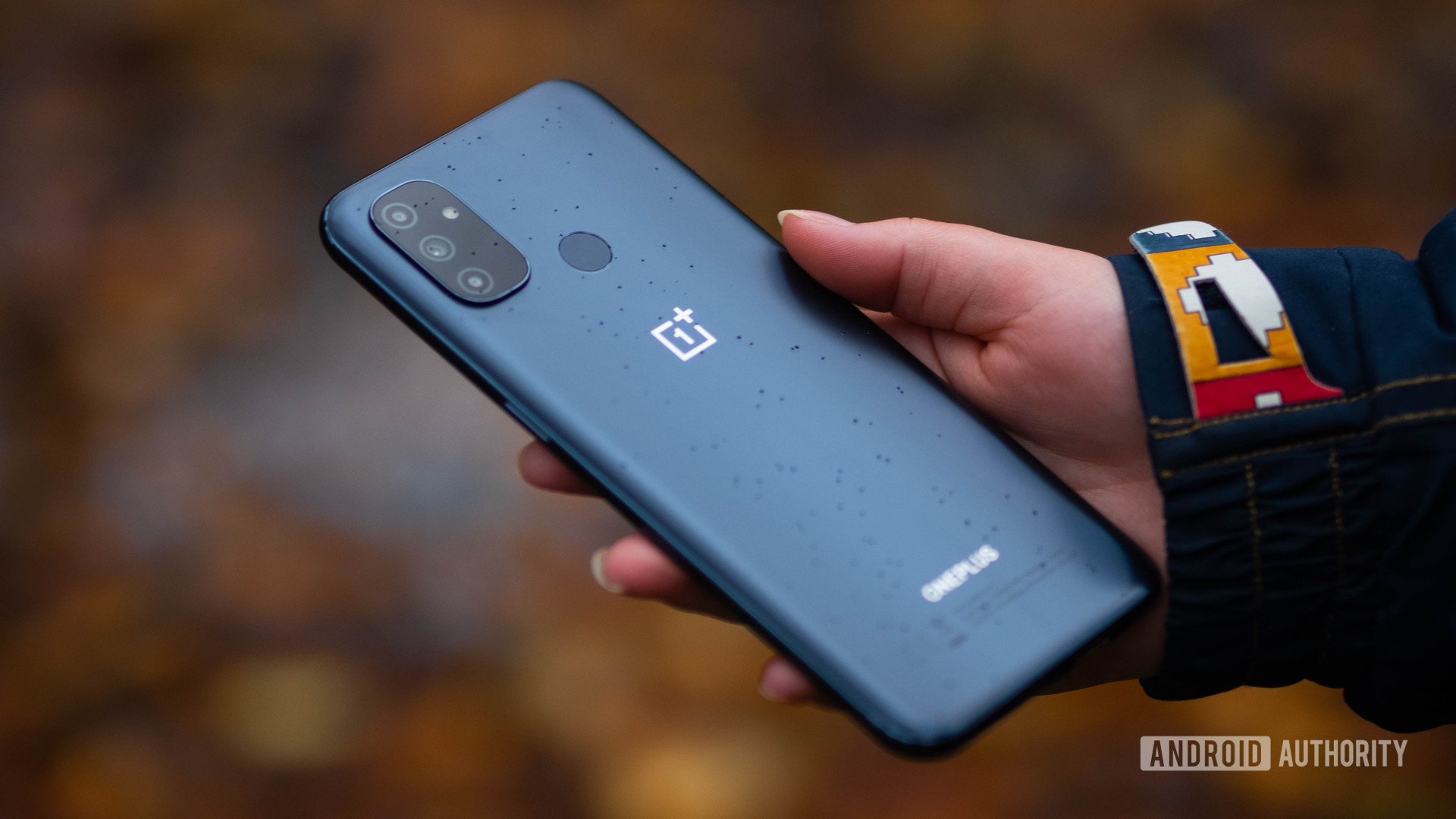Affiliate links on Android Authority may earn us a commission. Learn more.
Here's what's coming next for 5G in 2021
December 28, 2020

With all the major manufacturers and carriers on board, 5G is well and truly a mainstream mobile technology now. In fact, it’s increasingly difficult to buy a new smartphone that doesn’t sport 5G in Western markets. That said, the next-gen networking technology is still in its growing stage. Not every phone owner is seeing the seemingly elusive benefits of fifth-generation networks.
Things will only get better for 5G as we head into 2021, but what exactly should we expect over the coming year?
Read more: The best 5G phones you can buy right now | The best 5G plans in the US
Continuing the rollout with better coverage

At the very least, 2021 will yield wider rollouts in existing markets. New towns and cities will continue to come online. Coverage will become broader and more consistent. However, we’re still more than a year away from a global picture that will rival the coverage currently afforded by 4G LTE.
Still, networks continue to advance, and 2021 will bring a number of 5G improvements to various countries around the world. For instance, preliminary mmWave rollouts are scheduled across Europe, China, Latin America, Australia, and parts of southeast Asia throughout 2021. They are joining the US, South Korea, and Japan who are already using this technology in places. mmWave boasts multi-gigabit data speeds over short distances. It is destined for high-capacity areas such as around sports stadiums and city centers.
Up next: 5G mmWave: facts and fictions you should definitely know
Other anticipated network upgrades include the introduction of the sub-6GHz FDD spectrum in China, Japan, and Australia. FDD allows for uplink and downlink transmission at the same time on different frequencies. It is used in lower frequency bands that are crucial for extending 5G coverage over long distances.
5G won’t just be available for city centers in the coming months and years. See T-Mobile’s growing 600MHz coverage in the US as an example. At the same time, the continued advancement of carrier aggregation technology will allow users to transmit data over the growing range of 5G spectrum for better speeds and more consistent connections.
The bottom line is that we can expect to see a wider range of spectrum used by 5G networks throughout 2021. This will not only improve data speeds and network reliability but help bolster coverage around the globe too. That said, 5G deployment is a marathon, not a sprint. Don’t expect overnight changes. Plus you’ll need a smartphone that benefits from this latest technology too.
Bridging the gap with 5G Standalone
There’s more to come from 5G in the long term, with an eventual transition from non-standalone to standalone networks. Current fifth-gen networks are mostly just a data-bolt-on to existing 4G LTE infrastructure. This means that 4G networks are still required to handle voice calls, account verification, and other behind the scenes necessities.
Eventually, networks will transition over to 5G Standalone, where the entire network runs on a 5G Core backend. This process is already underway in the US. T-Mobile flicked the switch on its Standalone architecture in August 2020. Although not every T-Mobile consumer’s connection runs on Standalone just yet. Still, this is a positive first step, and we’ll see more carriers begin this transition next year.
Similar transitions are already underway in China, via China Telecom, and at South Korea’s SK Telecom too. Nevertheless, these rollouts are still in the early stages rather than advanced stages too. 2021 is expected to see carriers in Europe, Latin America, and Japan begin their own steps towards Standalone networks at various points throughout the year.
We’re still some time away from completing the transition from 4G to 5G. However, 2021 will see the start of this process on a more meaningful scale.
Even more affordable 5G smartphones

More advanced networks are one thing, but we need smartphones to make use of them. While 2019 was the year of ultra-premium 5G phones, 2020 made the technology mainstream. 2021 looks set to bring 5G even to the ultra-afford price points of the smartphone market.
While we obviously don’t know anything about specific handsets just yet, the groundwork is already laid for ultra-affordable 5G. Chipset provider Qualcomm has already brought integrated 5G modem capabilities to its Snapdragon 600 portfolio and the same is coming to the 400 series next year. Both will come in at lower prices than the Snapdragon 888 and 2020’s popular 765G.
Likewise, MediaTek has bulked up its portfolio with its Dimensity 720, 700, and 800U chipsets. We’ll quite likely see another mid-range chip or two from Samsung, much like the Exynos 1080, in the coming months as well. Smartphone manufacturers looking for cost-effective 5G processors have an increasingly competitive selection to pick from. As a result, the entry point to 5G is almost certain to come down even further throughout 2021.
5G in 2021
5G is already here in 2020, and it will only become more widespread and affordable in 2021. Carriers around the world will continue to expand coverage, improve speeds, and embrace the next steps along the long road of evolutionary 5G specifications. India is also keen to see its first 5G networks turn on in the next twelve months. This will bring millions of more consumers and one of the world’s biggest smartphone markets into the fold in late 2021 and into 2022.
For global consumers, 5G smartphones will continue to fall in price. A wider option of affordable data plans with bigger allowances should be heading our way in due time as well. We’ll probably be forever waiting on that elusive breakthrough 5G use case to justify an upgrade. Instead, it’s more likely that 5G will simply gradually replace 4G over the coming months and years. This will leave us with faster data and better coverage without us ever really noticing the switch.